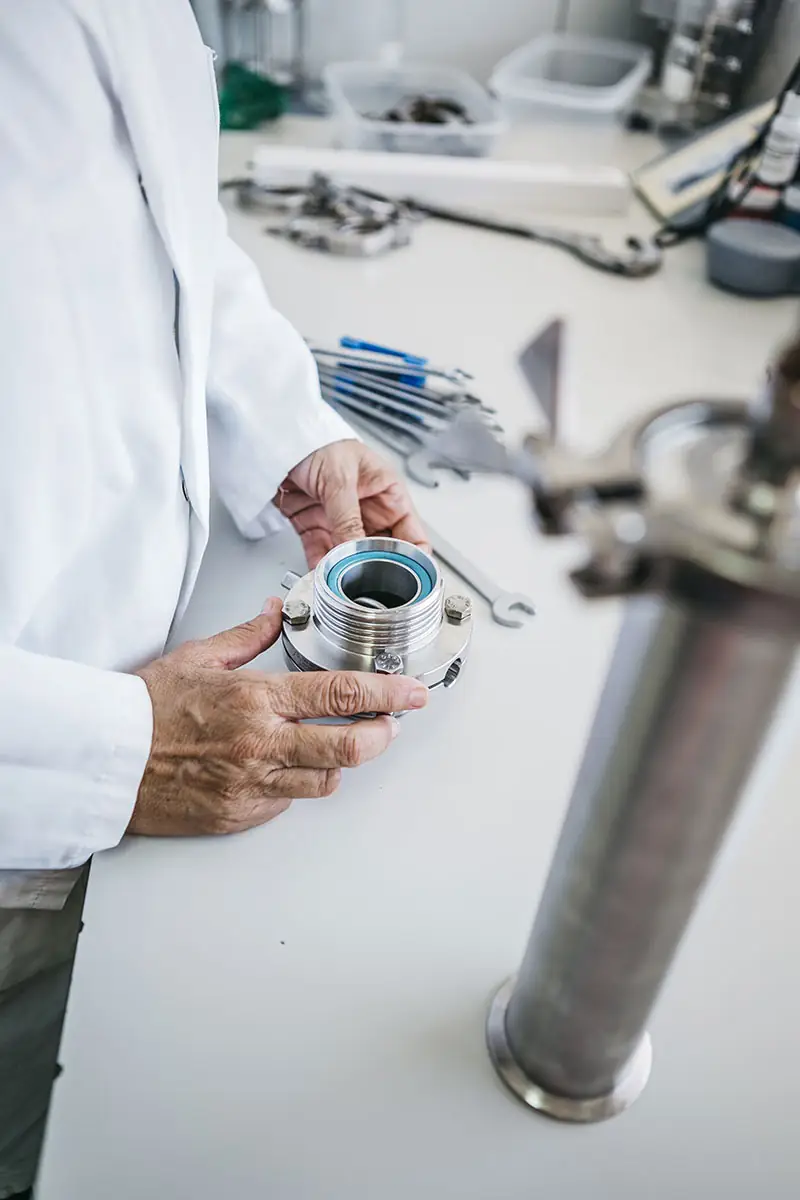Ensuring product safety is a priority for industry
One of the keys is to minimise the risk of contamination that may occur during the production process
Industries that produce products susceptible to contamination are aware of the importance of minimising the risks of such contamination. It is important to reduce non-quality related costs (product immobilisation and, in the worst case, product destruction) as well as to avoid problems arising from food crises.
